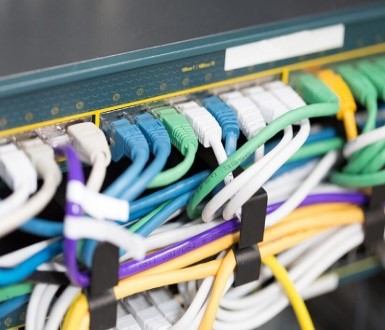MRI 2028: What to Expect in the Next Decade of MRI? In AuntMinnie Europe

Steve Holloway
Published: March 9, 2018 In The News
09th March 2018 – Featured in AuntMinnie Europe – The 50th anniversary of MRI for clinical use will occur in the next decade. Over this time, MRI has remained at the pinnacle of diagnostic imaging, with untold influence over many advances in diagnostic radiology. Yet as we enter an increasingly digital era of medicine, what role will MRI play? Below, we explore some of the future developments and speculate about their influence on MRI and radiology in general.
Click here to continue reading on AuntMinnie Europe website…
You may also like


